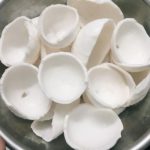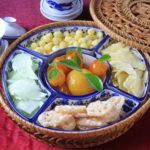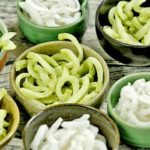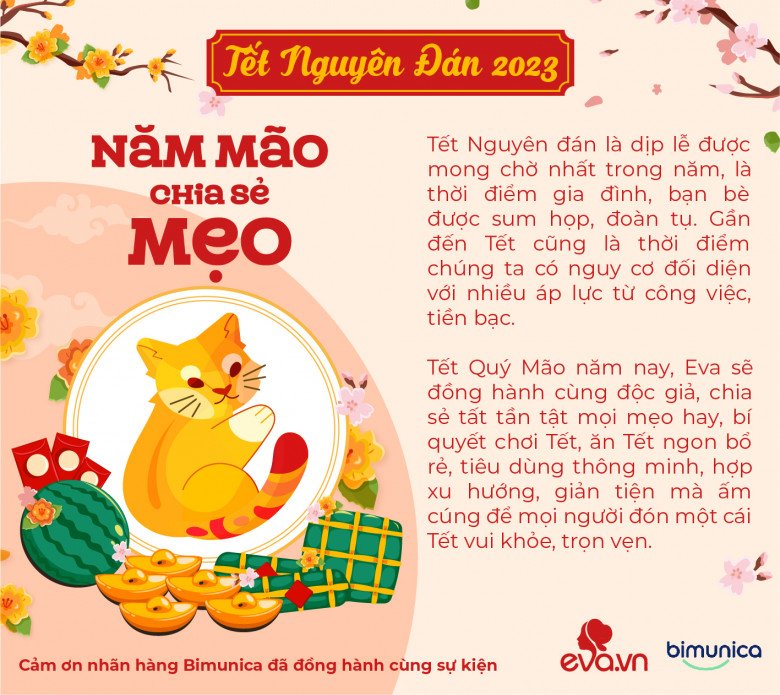
Coconut candy is a traditional delicacy that is indispensable during the Lunar New Year celebration in Vietnam. About one to two months before the New Year, women often gather to make this sweet treat to offer guests or as gifts for family and friends. Coconut candy has a unique aroma of vanilla, a perfect balance of sweetness, and a delightful chewy texture. Enjoying a piece of coconut candy with a cup of hot tea during family gatherings on New Year’s Day is a cherished tradition, adding a touch of sweetness to the festive atmosphere.

Making coconut candy is not a complicated process, but it requires precision and attention to detail. Many people encounter issues during the candy-making process, resulting in problems such as the candy not crystallizing properly or becoming watery. To help you master the art of making coconut candy, we’ve compiled a list of common mistakes and provided solutions so you can create a perfect treat every time.
1. Candy Not Crystallizing
One of the most common issues when making coconut candy is that the mixture refuses to crystallize, no matter how long you cook it. This problem is usually caused by an insufficient amount of sugar. It’s important to maintain a specific ratio of sugar to coconut meat, which should be 500-600 grams of sugar for every kilogram of coconut meat. If you use less sugar than this ratio, your candy is unlikely to crystallize properly.
Solution: If you find yourself in this situation, simply add more sugar to the mixture and continue cooking until the candy crystallizes.

2. Sugar Burning and Clumping
Another issue that may arise is sugar burning, causing the candy pieces to clump together. This is often due to cooking over high heat, which burns the sugar. To avoid this problem, cook your candy over low heat and be patient. Rushing the process can ruin your entire batch, so take your time and cook it slowly.
Solution: If your candy has burned and clumped together, remove the burnt sugar, and start again with the correct sugar-to-coconut ratio. Cook the new batch over low heat to prevent burning.
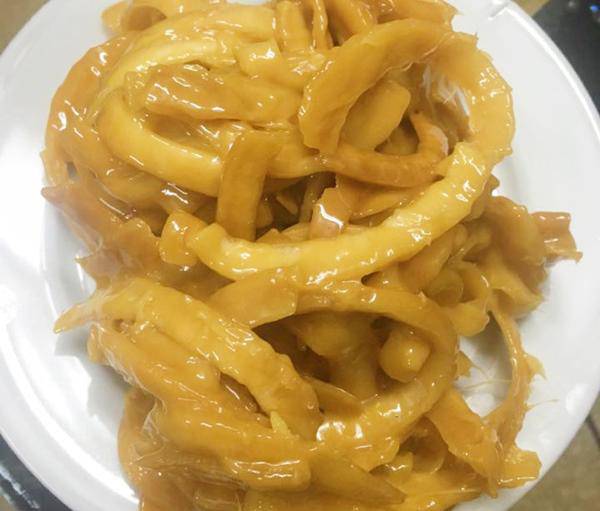
3. Candy Becoming Dry and Hard
Some people complain that their coconut candy turns out dry and hard, which affects the overall taste and texture. This issue is usually caused by over-mixing after the sugar has crystallized. If you continue to stir the mixture once the sugar has crystallized, it will make the candy dry and hard, and it may also cause the crystallized sugar to turn yellow instead of remaining white.
Solution: The best practice is to stop cooking the candy once you feel resistance when stirring and see signs of crystallization. Remove the pan from the heat and continue stirring vigorously off the heat until the candy is fully crystallized.
4. Candy Becoming Watery After Cooking
Many people believe they have successfully made coconut candy, only to find that a few hours or a day later, their candy has become watery and cannot be stored for long. This is one of the most common issues when making coconut candy.
Solution: To prevent this problem, it is crucial to dry the candy thoroughly after removing it from the pan. You can use a fan to dry the candy, or you can sun-dry it or use an oven set at 100 degrees Celsius for 15 minutes. Repeat the process of wearing gloves and shaking the candy in front of a fan until it is completely dry. You can also put the watery candy back into the pan and cook it again to evaporate the moisture. Let it cool down, then store it in airtight bags.
If you’re using young coconut, keep in mind that it has a higher water content than mature coconut. To compensate for this, soak the young coconut in the sugar syrup for a longer period to allow excess water to be released. This will help ensure that your candy is dry and not watery when cooked.

We hope that with these tips, you’ll be able to create delicious and perfectly crystallized coconut candy. Happy cooking, and best wishes for a wonderful Lunar New Year celebration!
Tips for making delicious homemade coconut jam for Tet holiday
Coconut candy is one of the traditional candies that are essential during the Tet holiday season in Vietnam. During the first few days of the new year, almost every family prepares coconut candy, peanut candy, and chewy mango candy, with a variety of colors, to invite guests to come and enjoy. In fact, you can easily make delicious coconut candy at home with simple ingredients and various methods.


